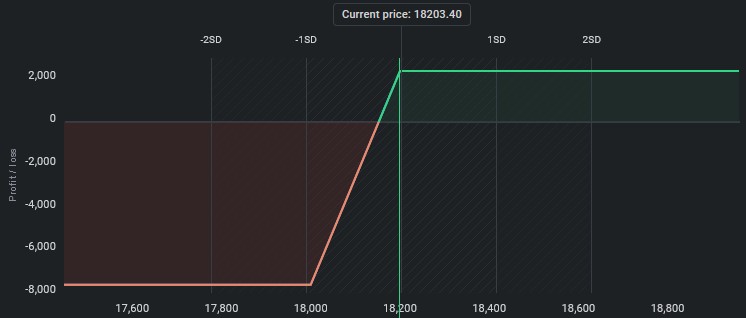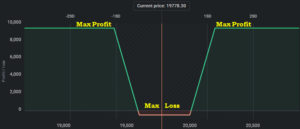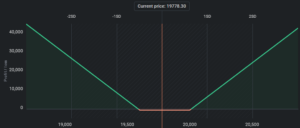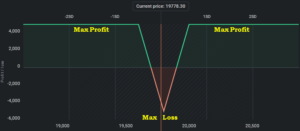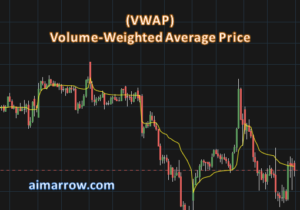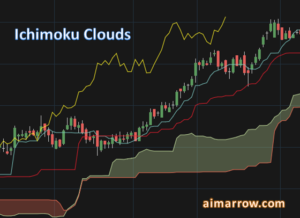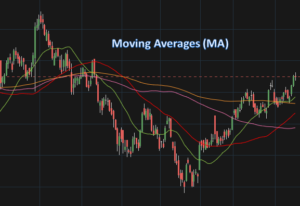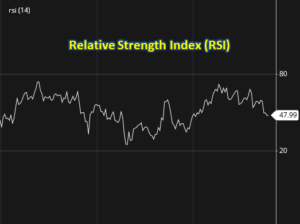Bull Put Spread Options Trading Strategy | Step-by-Step Execution Process, Payoff Graph, Pros & Cons, Adjustments
Introduction
The Bull Put Spread is an options trading strategy that is used when an investor has a moderately bullish outlook on a particular stock or underlying asset. This strategy involves the simultaneous selling of a put option with a higher strike price and the buying of a put option with a lower strike price. The goal of this strategy is to profit from the difference in premiums between the two options, while limiting potential losses.
Example of Bull Put Spread
Let’s say an investor is bullish on stock ABC, which is currently trading at $100. The investor decides to execute a Bull Put Spread by selling a put option with a strike price of $95 for a premium of $2 and buying a put option with a strike price of $90 for a premium of $1. The net credit received from this transaction is $1.
Step-by-step process of executing the Bull Put Spread strategy
- Choose the underlying asset: Select a stock or asset that you are bullish on and want to trade.
- Determine the strike prices: Choose the strike prices for the options you want to trade based on your bullish outlook and risk tolerance.
- Buy the put option: Buy a put option with a lower strike price to limit potential losses.
- Sell the put option: Sell a put option with a higher strike price to profit from the difference in premiums.
- Calculate the net credit: Determine the net credit received from the transaction.
- Monitor the trade: Monitor the position and make adjustments as needed to maximize profits and limit losses.
Pros and Cons of Bull Put Spread
Pros:
- Limited risk: The maximum loss is limited to the difference between the strike prices minus the net credit received.
- Profit potential: There is a potential for profit if the underlying asset price remains above the higher strike price.
- Low margin requirement: Since the investor is selling a put option, the margin requirement for this strategy is lower than other bullish strategies.
Cons:
- Limited profit potential: The maximum profit is limited to the net credit received.
- Potential for losses: If the underlying asset price drops below the lower strike price, losses can occur.
- Adjustment may be required: If the underlying asset price drops, adjustments may be required to limit losses.
Payoff Graph for Bull Put Spread Options Trading Strategy
The payoff graph for a Bull Put Spread strategy is a limited profit and limited loss strategy. As the underlying asset price increases, the profit potential is limited to the net credit received. If the underlying asset price drops below the lower strike price, losses can occur, but are limited to the difference between the strike prices minus the net credit received.
Adjustments to Bull Put Spread when in profit and in loss
In Profit: If the underlying asset price remains above the higher strike price, the investor can choose to close the position early to realize profits. Alternatively, the investor can choose to hold the position until expiration to receive the full profit potential.
In Loss: If the underlying asset price drops below the lower strike price, the investor may need to adjust the position to limit losses. This can be done by either rolling the position forward to a later expiration date or by buying back the put option with the higher strike price and selling a new put option with a lower strike price.
Conclusion
The Bull Put Spread strategy is a limited profit and limited loss strategy that can be used when an investor has a moderately bullish outlook on a particular stock or underlying asset. While there is potential for profit, there is also potential for losses if the underlying asset price drops below the lower strike price. It is important to monitor the position and make adjustments as needed to maximize profits and limit losses.
